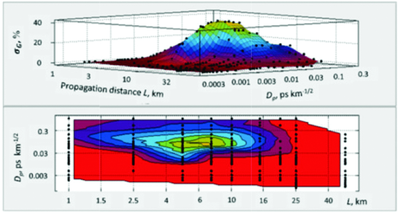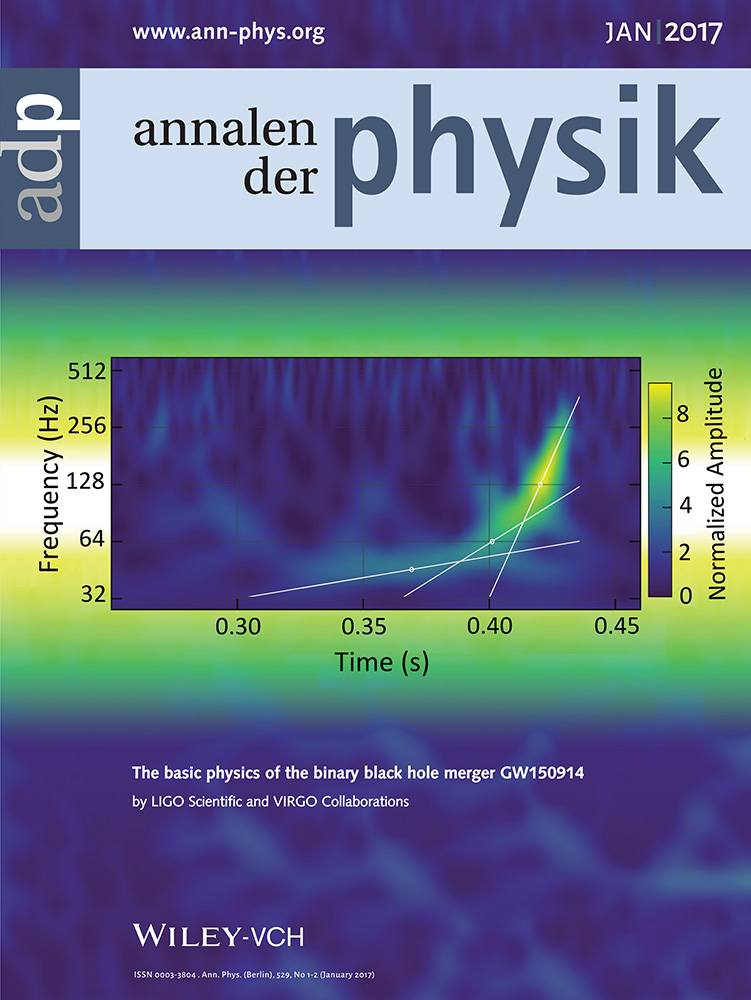Stochastic phenomena in a fiber Raman amplifier
Abstract
The interplay of such cornerstones of modern nonlinear fiber optics as a nonlinearity, stochasticity and polarization leads to variety of the noise induced instabilities including polarization attraction and escape phenomena harnessing of which is a key to unlocking the fiber optic systems specifications required in high resolution spectroscopy, metrology, biomedicine and telecommunications. Here, by using direct stochastic modeling, the mapping of interplay of the Raman scattering-based nonlinearity, the random birefringence of a fiber, and the pump-to-signal intensity noise transfer has been done in terms of the fiber Raman amplifier parameters, namely polarization mode dispersion, the relative intensity noise of the pump laser, fiber length, and the signal power. The obtained results reveal conditions for emergence of the random birefringence-induced resonance-like enhancement of the gain fluctuations (stochastic anti-resonance) accompanied by pulse broadening and rare events in the form of low power output signals having probability heavily deviated from the Gaussian distribution.





